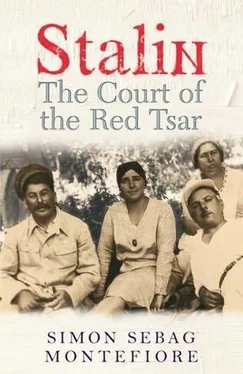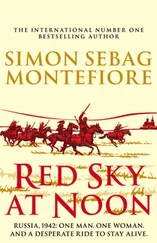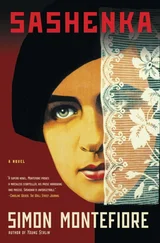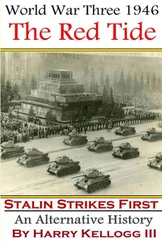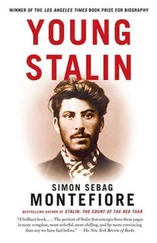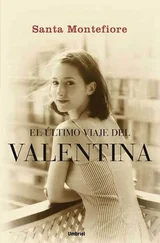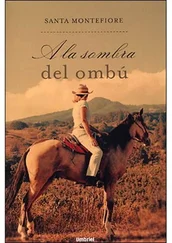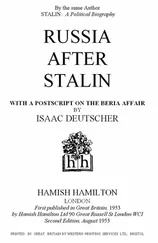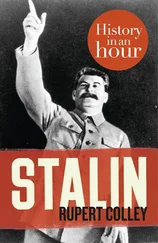The new Soviet national anthem, Stalin raved, “parts the sky and heaven like a boundless wave.” At its first playing at the Bolshoi Theatre, Stalin arrived to toast the composers who were invited up to the box and then to a dinner in the avant-loge . When Mikhalkov [220] Sergei Mikhalkov remained a favoured Stalinist wordsmith: the archives contain his note to Stalin, “At the Bolshoi Theatre on 30 December 1943, I promised you and Comrade Molotov to write a poem for children. I’m sending you ‘A Fable for Children.’” Stalin liked it: “It’s a very good poem,” he scrawled to Molotov. “It must be published today in Pravda and some other edition for children…” Mikhalkov’s son Nikita is today Russia’s greatest film director, auteur of Burnt by the Sun and Barber of Siberia .
and El-Registan downed their vodkas, Stalin bantered: “Why drain your glasses? You won’t be interesting to chat to!” 2
* * *
The elation spread from the top down. As the national anthem was unveiled, Molotov presided over a 7 November party that few would ever forget. The élite emerged that night from the grimness of the thirties and the austerity of years of defeat. “The whole party,” noted the journalist Alexander Werth, “sparkled with jewels, furs, gold braid and celebrities… The party had something of that wild and irresponsible extravagance which one usually associates with pre-Revolution Moscow.” The dress was white tie and tails, which made Shostakovich look “like a college boy who had put it on for the first time.” Henceforth, Stalin’s court began to behave more like the rulers of an empire than dour Bolsheviks. Molotov sported the new diplomatic uniform that, like the gold braid, marked the new imperial era: it was “black, trimmed in gold, with a small dagger at the belt… much like Hitler’s élite SS,” thought the U.S. diplomat Chip Bohlen.
Molotov, Vyshinsky and Stalin’s old friend Sergo “Tojo” Kavtaradze greeted the guests in a receiving line. Kavtaradze’s companion was his beautiful daughter Maya, now eighteen and wearing the long flowing ball gown of the era. She caught the eye of Vyshinsky who “oiled his way across the floor” to ask her to open the dancing with him.
A “jovial” Molotov proceeded to become uproariously drunk, tottering up to Averell Harriman’s daughter Kathleen and slurringly asking why she alone had failed to compliment him on his gorgeous uniform. Didn’t she like it? She thought the Russians were as excited about their regalia “as a little boy all dressed up in his new Christmas-present fireman’s suit.” When he spotted the Swedish Ambassador, Molotov staggered up to him and declared that he did not like neutrals.
The Politburo members then each hit on a Western ambassador whom they tried to get as drunk as they were: Mikoyan, “famous for his ability to put any guy under the table” according to Kathleen Harriman, worked on her father along with Shcherbakov, himself in the later stages of alcoholism. Molotov, who “carried his liquor better than others,” managed to remain on his feet while Clark Kerr, the British Ambassador “fell flat on his face onto a table covered with bottles and wineglasses,” cutting his face. Maya Kavtaradze saw an American general arrive accompanied by two prostitutes. Later in the evening, she noticed that all the potentates had disappeared and went to look for her father. She found him in a red hall, the Bolshevik equivalent of the VIP room, with the dashing and exuberant Mikoyan who was serenading the hussies on one knee.
The next day, Roosevelt finally agreed to meet at Teheran twenty days later: “The whole world is watching for this meeting of the three of us…” 3
42. TEHERAN
Roosevelt and Stalin
On 26 November 1943, Colonel-General Golovanov, the bomber commander who was to be Stalin’s pilot, drove out to Kuntsevo to begin their long voyage to Persia. When he arrived, he heard shouting and found Stalin “giving Beria a good dressing-down” while Molotov watched, perched on the window-sill. Beria sat in a chair “with his ears all red” as Stalin sneered at him: “Look at him Comrade Golovanov! He’s got snake’s eyes!”
Molotov had jokingly complained that he could not read Beria’s spidery handwriting. “Our Vyacheslav Mikhailovich can’t see very well. Beria keeps sending him messages and he insists on wearing his pince-nez with blank glasses!” This marked Stalin’s growing disdain for the dynamic Georgian.
Afterwards, they boarded their train that arrived in Baku at 8 a.m., driving straight to the aerodrome where four SI-47s were gathered under the command of Air Marshal Novikov. Stalin had never flown before—and did not like the sound of it. But there was no other way from Baku. As he approached his plane with Golovanov, he glanced at Beria’s plane standing next door with his pilot, Colonel Grachev, and decided to switch planes.
“Colonel-Generals don’t often pilot aircraft,” he said, “we’d better go with the Colonel,” reassuring Golovanov: “Don’t take it badly”—and he climbed into Beria’s own plane. Guarded by twenty-seven fighters, Stalin was terrified when the plane hit an air pocket.
A few hours later, Stalin arrived in warm, dusty Teheran (“very dirty place, great poverty,” wrote Roosevelt) where he was speeded the five miles to the Soviet Embassy which was separated from the British Legation by two walls and a narrow road. Only the American Legation was out of town.
Teheran was the cosiest of the Big Three meetings: Stalin himself travelled with a tiny delegation. There were only Molotov and Voroshilov, his official deputies in the negotiations, Beria as security overlord, Vlasik as head of personal security and his physician Professor Vinogradov. Stalin’s bodyguard of twelve Georgians was led by Tsereteli, whom Westerners found “good-looking, highly intelligent and courteous.” Nonetheless there was something appropriate about the master of this Eastern Empire being protected by a guard of his fellow countrymen led by a cut-throat Prince. Perhaps Churchill thought the same way for his bodyguard there was made up of turbaned Sikhs with tommy-guns.
The Soviet Embassy was an elegant estate, built for some Persian magnate, surrounded by a high wall. There were several cottages and villas in the grounds: Stalin lived in one house while Molotov and Voroshilov shared the two-storey ambassador’s residence. The advance guard of the NKVD had been frantically preparing the embassy for two weeks. “No one dared disobey” Beria, wrote Zoya Zarubina, a young NKGB officer in Teheran. [221] Beria personally ordered Zoya Zarubina, the stepdaughter of NKGB General Leonid Eitingon (who had arranged Trotsky’s assassination), to choose the furniture for the conference. There was no round table so it had to be made. Since the conference was a closely guarded secret, Beria told Zarubina to go into Teheran city and pretend to order a table to seat twenty-two “for a wedding.”
As soon as Roosevelt arrived, Stalin invited him to move into the Soviet compound. The drive from the Soviet complex to the U.S. Legation along narrow Oriental streets was impossible to guard—and no doubt Beria was more concerned about Stalin’s security than Roosevelt’s. Soviet intelligence had allegedly uncovered a Nazi plot to assassinate the leaders. Stalin was also determined to separate the Westerners, whom he expected to gang up on him. It happened that this also suited Roosevelt’s strategy to engage Stalin directly, without the British, to prove his suspicions groundless. Harriman hurried over. Molotov explained their security worries. Molotov later ordered Zarubina to call and find out when FDR would be moving in. Admiral William Leahy, White House Chief of Staff, replied: “We’ll come tomorrow.”
Читать дальше
